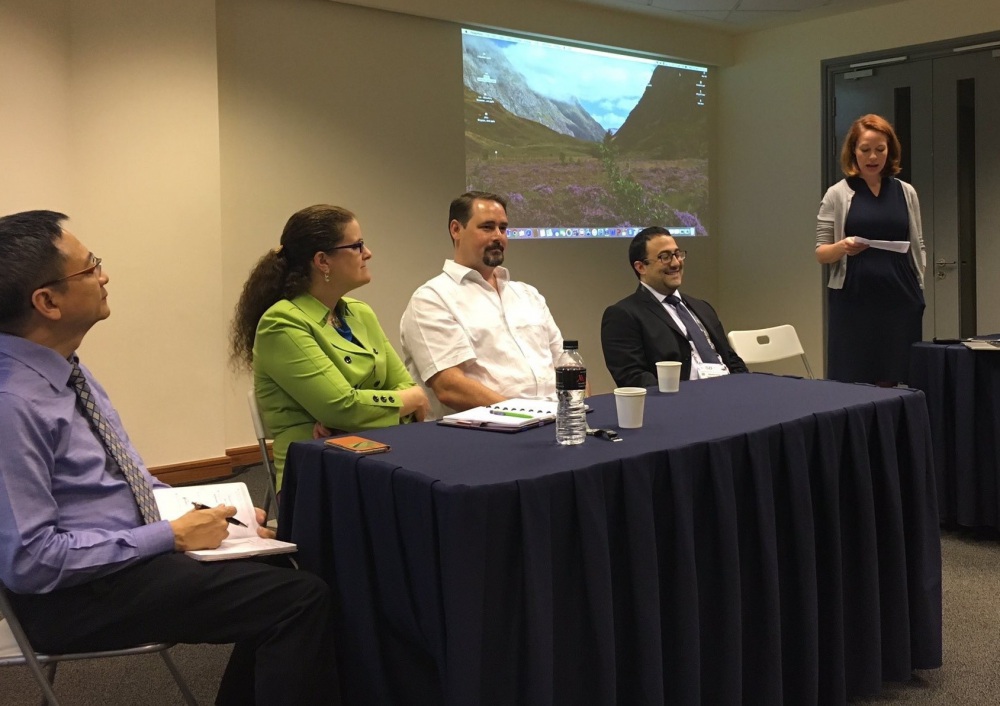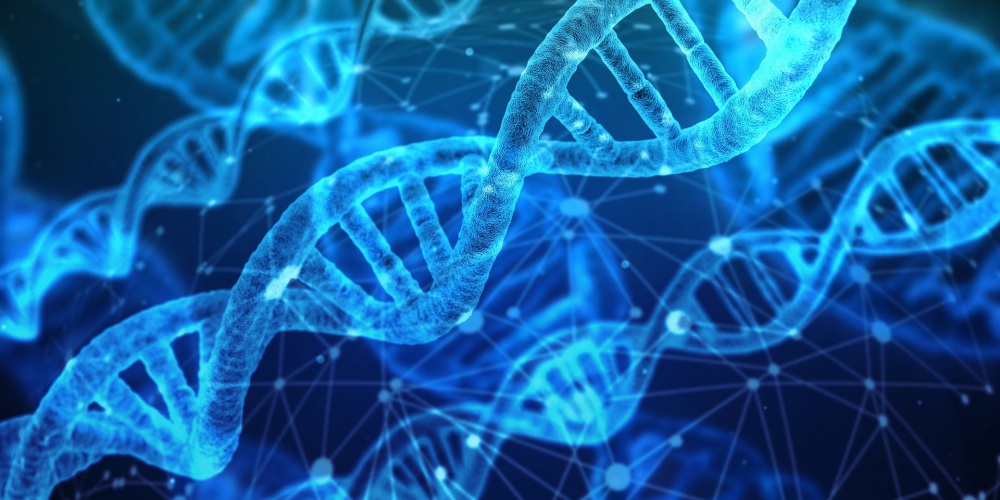
Democratization of Synthetic Biology: Implications for Biosecurity and Pandemic Threats
Democratization of Synthetic Biology: Implications for Biosecurity and Pandemic Threats
Atomic Pulse
This post was written by Adam Elliott, an intern on
NTI’s Global Biological Policy Program team. Adam is a junior at Stanford
University majoring in Bioengineering.
It took nearly 15 years and $2.7 billion dollars for
scientists to conquer reading the first human genome. Today, through
extraordinary technological innovation, the same task takes less than a day,
and anyone can purchase a machine to do it for about $1,000.
As with many new technologies, sometimes innovation moves so
quickly that those who develop it and those who use it don’t take enough time
to consider the weight the innovation carries: how it will work in practice,
what it means for humanity, and where it will go. Questions around the ethical
use of this technology remain unexplored. The machines alone can do no harm,
but how to handle the information they generate still needs some thought.
The NTI | bio team is exploring ways to advance the use of this
technology for disease surveillance as part of global movements to improve
biosecurity and prevent devastating disease outbreaks and pandemics.
Here’s the challenge: Next-generation sequencing technology
offers a cost-effective and relatively easy way to read DNA, but the
information generated can be sensitive. Sequenced DNA can carry information
about ancestry, mutations, and hereditary illnesses. Many people actively seek
out services that can read their DNA and provide information about their
ancestry, and a growing commercial market readily provides this capability.
Some new DNA sequencing machines are small and mobile, meaning that anybody can
purchase one and they don’t even need a laboratory to use it. Right now, the
mobile machines can only read sections of the human genome, but it eventually
may become possible. Every single cell in every living thing on Earth holds
genetic information, so all it takes is a prep kit – which some companies
design for use anywhere in the world – and a small sample of cells to capture a
readout of the DNA in any organism.
Because viruses carry their own unique genetic information,
monitoring at-risk or early-stage outbreak populations for pathogens with
next-generation sequencing gives public health workers the opportunity to
quickly identify and respond to an infectious disease before it gets out of
control. The idea is that a public health worker could gather blood or saliva
samples from a sick or at-risk population, collect the sequence data from any
microbes present, and check these collections against a database containing
genomic sequence information from known pathogens. If the check returns a
match, what is known about the pathogen can guide the deployment of medical
countermeasures; if the check finds no match, public health personnel know to
focus on a novel medical countermeasure for use against new threats. Similarly,
genomic analysis could enable epidemiologists to track the origin of outbreaks
and forecast the spread of the disease based on knowledge of where it has been.
Unfortunately, the new technology also allows rapid
sequencing of the humans that might be infected with a given disease threat –
information that can be very sensitive. Given the likelihood that technology
companies will continue to develop easier and cheaper sequencing methods, it’s
not hard to imagine a future in which people consent to giving up their genetic
information in a more passive way, such as through a Terms & Conditions
agreement for the latest cellphone app. This is a scary concept for several
reasons, including that choosing to give up your own genetic information
usually means you are also providing information about your family members – present
and future. A future with virtually no genetic information control quickly begins
to look like the basis for a dystopian novel. This prospect rightfully sparks
concerns that the lack of norms on how to collect, use, and share this
information will create serious privacy problems for future generations.
As of today, the World Health
Organization has reported 84 individual outbreaks in 2018 alone – and data from
the past few years suggest these kinds of outbreaks won’t slow down any time
soon. Incorporating next-generation sequencing technology could catalyze major
change in how the world is able to monitor for and respond to infectious
disease outbreaks. NTI is exploring pilot projects to build global capacity for
pathogen data collection, analysis, and sharing, while also exploring
mechanisms for securing data streams generated by this technology..
As it becomes easier to read DNA,
innovators, scientists, medical professionals, ethicists, security
professionals, and users will have to think clearly about where to draw the
line on collecting and sharing these data. Our children must be able to decide
for themselves when and whether to share their biometric identifiers. At the
same, that autonomy must be considered against the potential to use the
technology to save millions of lives from a pathogen with pandemic potential –
like a deadly strain of influenza or a disease yet to be discovered.
Sign up for our newsletter to get the latest on nuclear and biological threats.
Democratization of Synthetic Biology: Implications for Biosecurity and Pandemic Threats
Aparupa Sengupta, senior program officer for NTI’s Global Biological Policy and Programs team (NTI | bio), sat down with NTI’s Mary Fulham for the latest in Atomic Pulse’s “Get to Know NTI” series.
COVID-19 + Cybersecurity: Parallels and Lessons from a Pandemic


